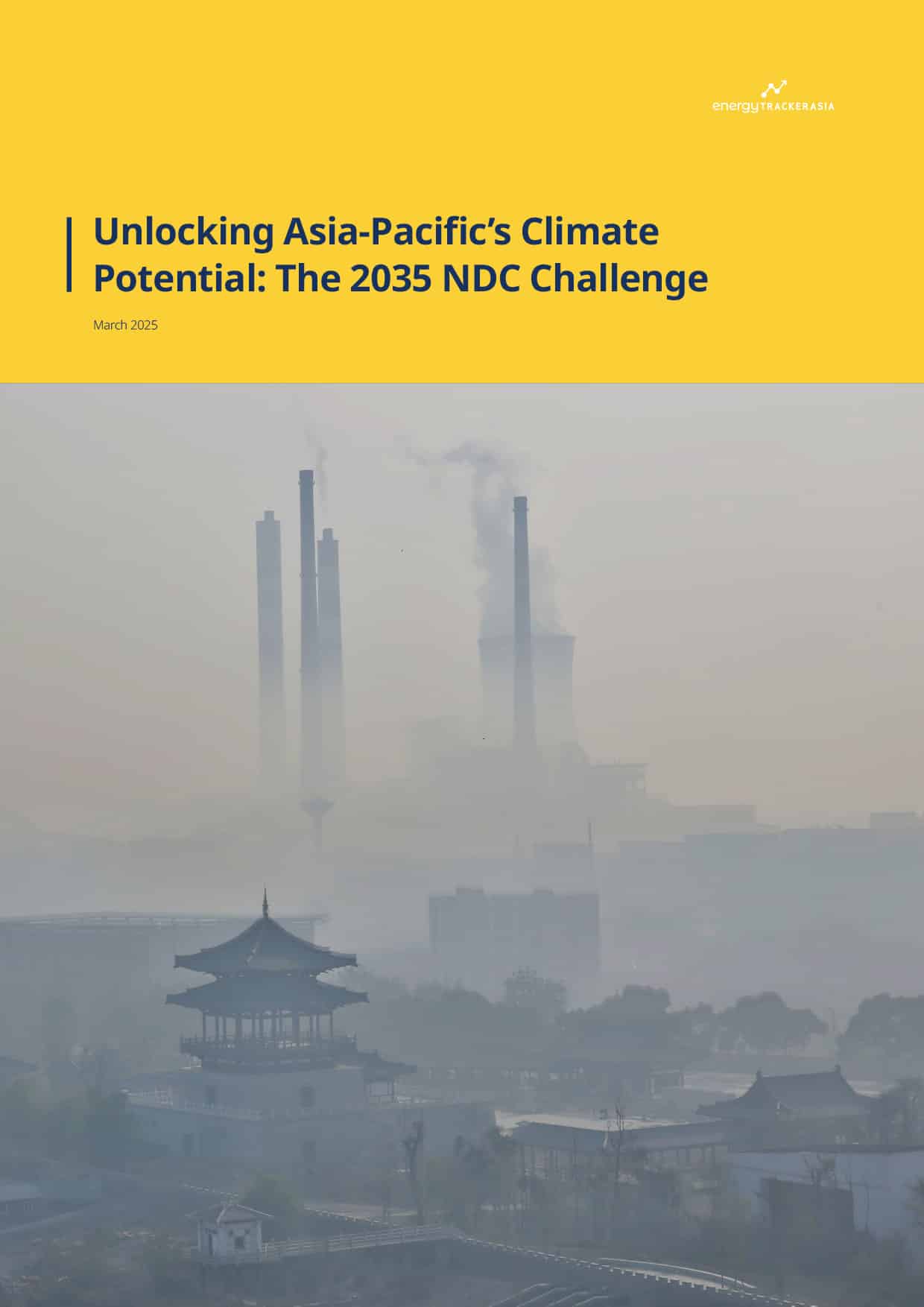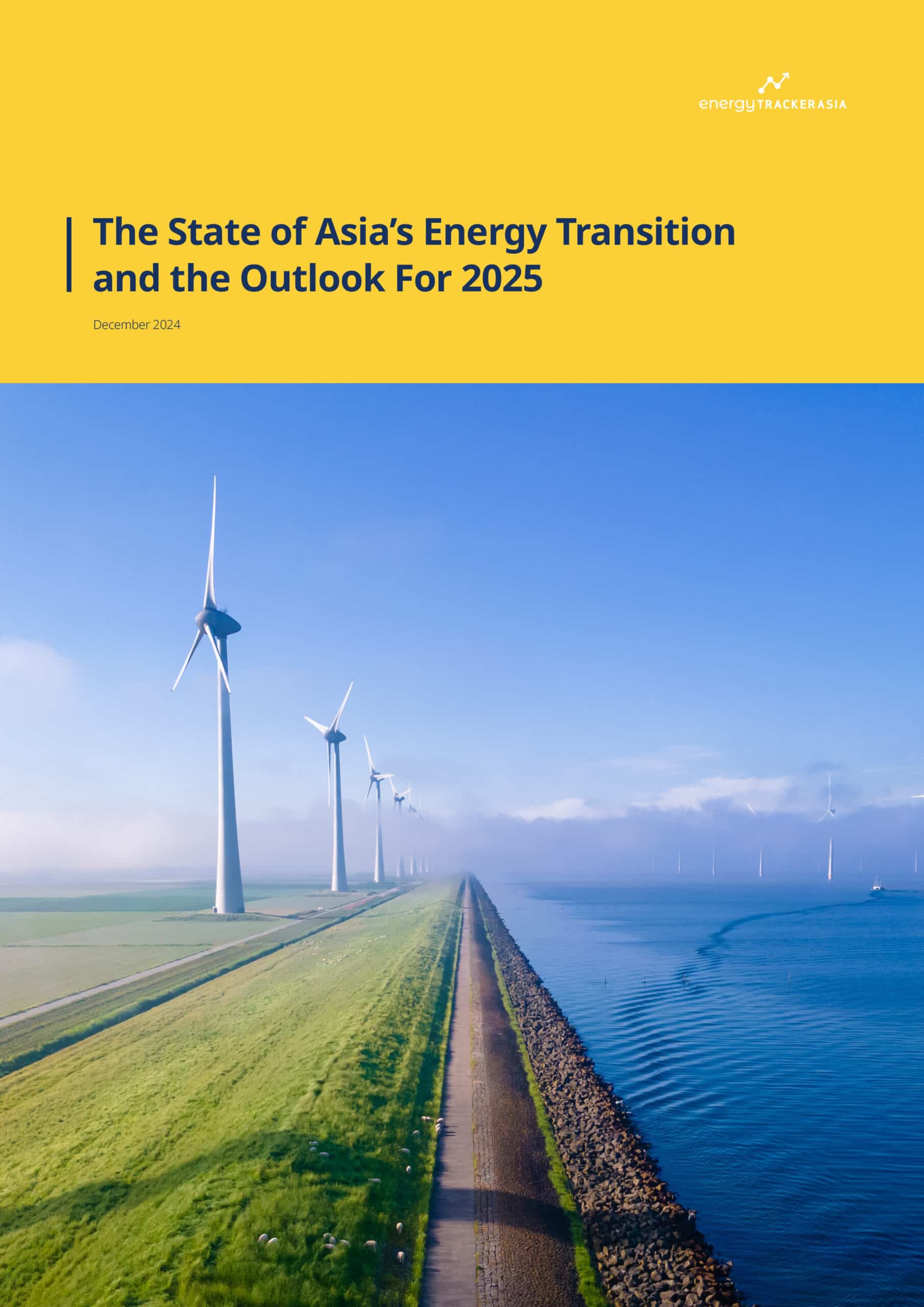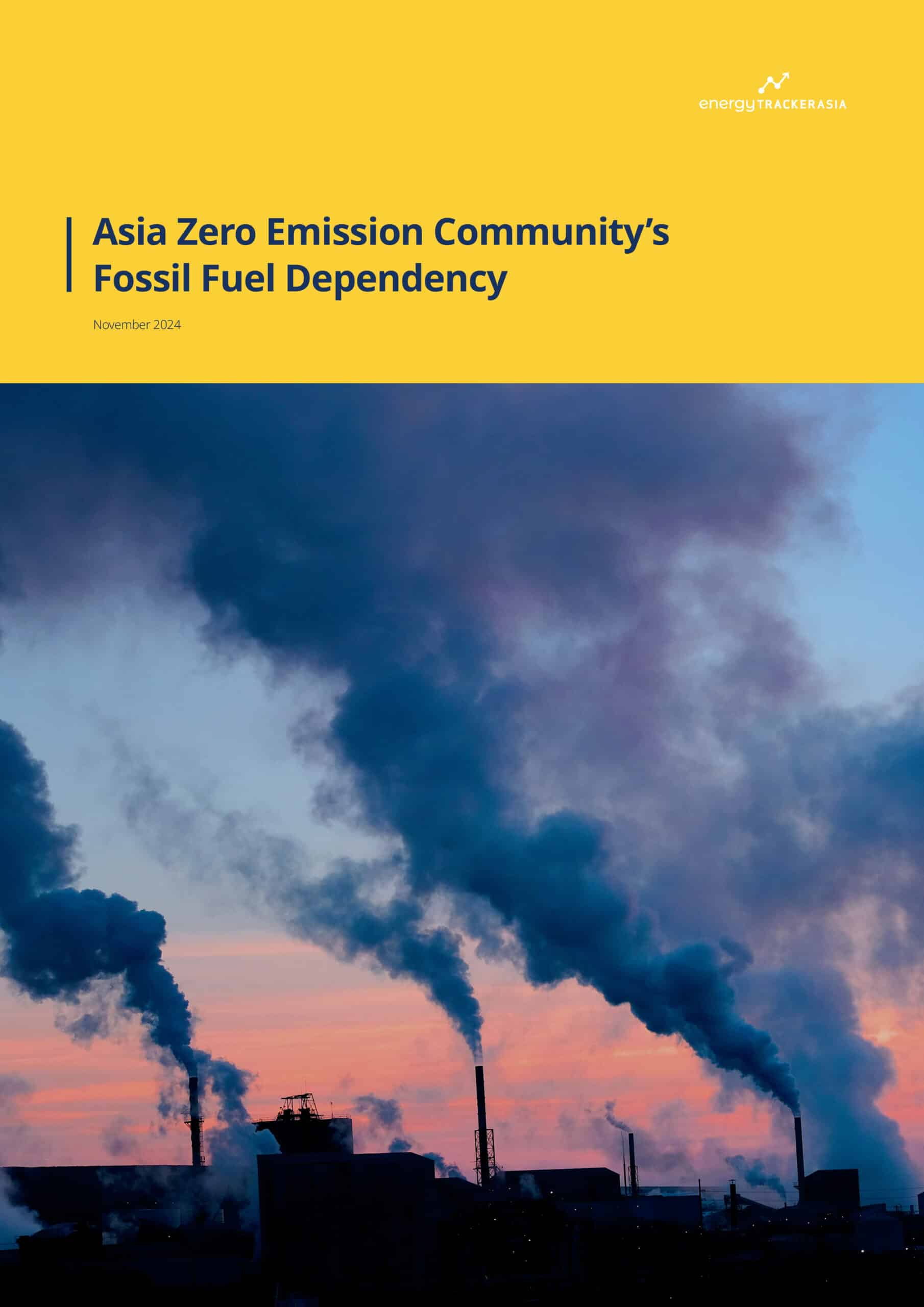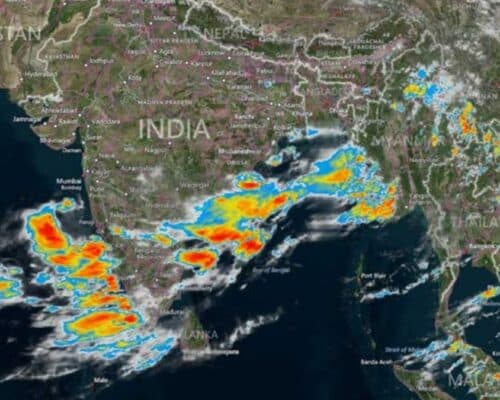Time to Ride, Indonesia Electric Motorcycle Diaries [Op-Ed]
Photo: Shutterstock / Mas Paijan
03 November 2025 – by Andika Akbar Hermawan
There is absolutely no reason why Indonesia can’t grow its local electric motorcycle industry. With the world’s second-largest two-wheeler fleet and a population known for ingenuity, the country has the perfect ingredients for a fertile, innovative use of electric motorcycles. Here, motorcycles are utilised beyond being just a mode of transport; people have turned them into mobile bakso (meatball) stalls and even five-minute vermak levis (jeans repairs). Yet, despite this rich cultural integration of motorcycles, the adoption of electric motorcycles remains subpar and fragmented. Local manufacturers, though present, have not yet gained meaningful traction or wide recognition.
The government’s push to unlock Indonesia’s local manufacturing potential started in 2023, when a purchase subsidy of IDR 7 million was introduced. This initiative aimed to reduce the sticker price of electric motorcycles, thereby drawing consumers’ preferences toward buying electric over conventional ones.
Yet the rollout was far from being a smooth ride.
Initially, buyers had issues with the application process due to documentation requirements, so the government simplified the process to simply presenting a national ID (KTP). However, even with such changes, early uptake was sluggish: only about 12,000 motorcycles were sold under the scheme, just 6% of the 200,000-unit quota. In response to these poor results, the government slashed the 2024 quota from 600,000 to just 50,000 units.
Ironically, the plug was pulled just as the market began to respond. By 2024, the number of electric motorcycles on the road had reached 160,000 units, nearly double the total from the previous year. Around 60,000 of these were added through the subsidy program, marking a sixfold increase in annual subsidy uptake compared to 2023. Nevertheless, amid the massive growth, the government terminated the subsidy on the grounds of earlier underperformance and shifting government priorities. The impact was immediate; sales plummeted as much as 80% this year. Manufacturers were left with unsold stock, rising storage costs, and weakening turnover. Subsequently, the termination led to hesitation in purchasing, as consumers hoped the subsidies would be reinstated.
Unlike electric cars, where brands like BYD, Wuling, and Hyundai emerge as market leaders, the electric motorcycle landscape remains fragmented. No single brand has a dominant market share or consumer loyalty. In 2024, electric motorcycles represented just 1% of all motorcycle sales. The market remains fragmented, with the Chinese brand Yadea and local manufacturers such as Smoot and Volta among the main players. This fragmentation reflects not only market immaturity but also missed opportunity, because unlike electric cars, the two-wheeler segment still leaves space for a domestic champion to emerge, and local companies are uniquely positioned to fill that gap.
Made-in-Indonesia companies have something foreign brands often lack: a deep, intuitive understanding of how motorcycles are embedded in Indonesians’ daily lives. The inventive ways in which people use motorcycles beyond commuting are second nature to locals, and this ingrained knowledge should offer unique design and service angles. However, cultural fit alone won’t guarantee success.
The industry itself still faces major technical and infrastructural challenges. Most models’ top speed maxes out at around 70 – 90 km/h, limiting their appeal compared to conventional motorcycles. Range anxiety and charging access are persistent barriers. Unlike electric cars, motorcycles often lack dedicated charging stations; many are shared with street vendors and placed outside parking zones, making them inconvenient and impractical. Home charging options are inaccessible for most motorcycle consumers, as low-income households still operate under subsidised electricity limits. Charging an electric motorcycle can consume half of a home’s total electrical capacity, forcing users to shut off essential appliances like refrigerators and air conditioning.
Therefore, adopting a more systematic approach to increase electric motorcycle purchases is necessary. While subsidies helped catalyse early adoption, the industry can’t rely on short-lived incentives moving forward. The electric car segment offers a clear example: with coordinated incentives across infrastructure and manufacturing, along with the presence of a strong brand, the electric car market share rose from 1% in 2023 to 7.5% in 2025 (1*). This demonstrates that Indonesia’s electric motorcycle industry can also flourish with the right combination of coordinated policies and strong private sector leadership.
Without a dominant brand, local players must be treated as vendors and strategic partners in Indonesia’s industrial transformation. Indonesia has all the right ingredients to lead in the electric motorcycle space: a massive domestic market, a creative and adaptive population, and a growing ecosystem of local entrepreneurs who understand its users well. Orchestrating these comparative advantages in a timely manner is essential for Indonesia to build a locally rooted yet globally competitive EV industry.
1* State of Electric Vehicle Industry in Indonesia, Kementerian Koordinator Bidang Infrastruktur dan Pembangunan Kewilayahan, 2025.
Andika Akbar Hermawan is an energy professional with eight years of experience in the sector. He previously worked at the International Energy Agency (IEA) in Paris and is currently an Associate at Rocky Mountain Institute (RMI) Southeast Asia. His work focuses on the intersection of clean energy and industrial policy, supporting governments and industry partners worldwide. He holds a Master’s degree in Energy Engineering from École Polytechnique, France, and a Bachelor’s degree in Mechanical Engineering from Universitas Indonesia.
Disclaimer: The views and opinions expressed in this article are those of the author and do not necessarily reflect the official policy or position of Energy Tracker Asia.






